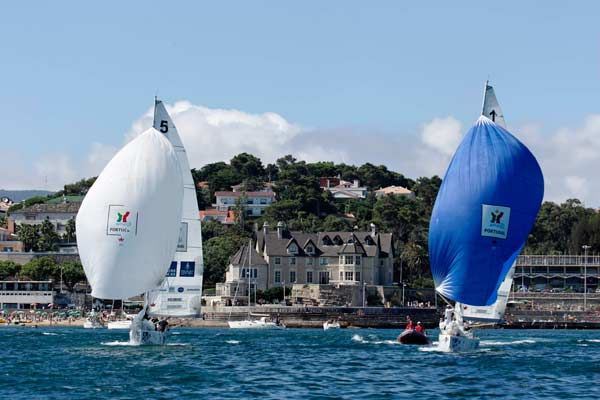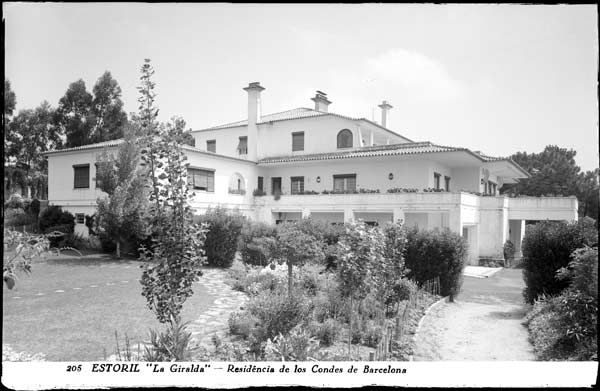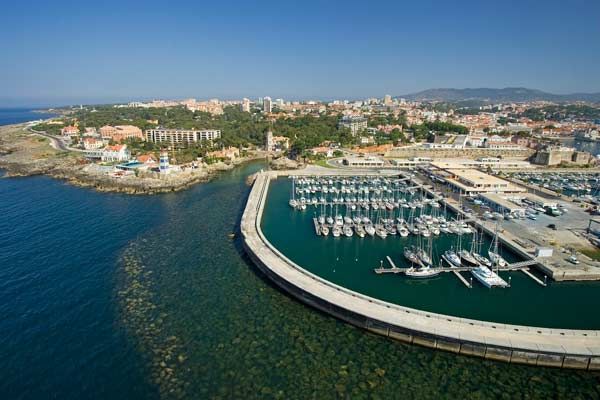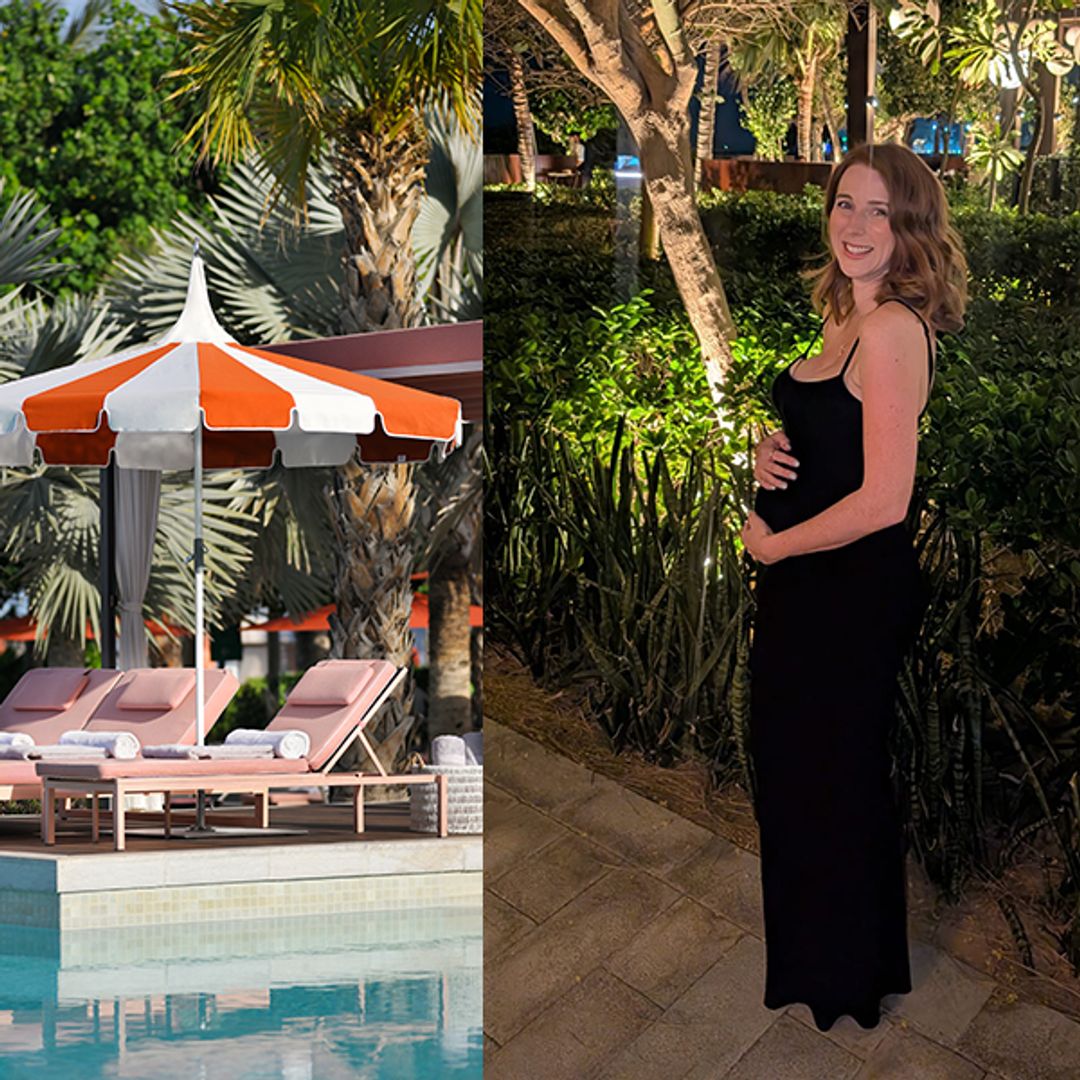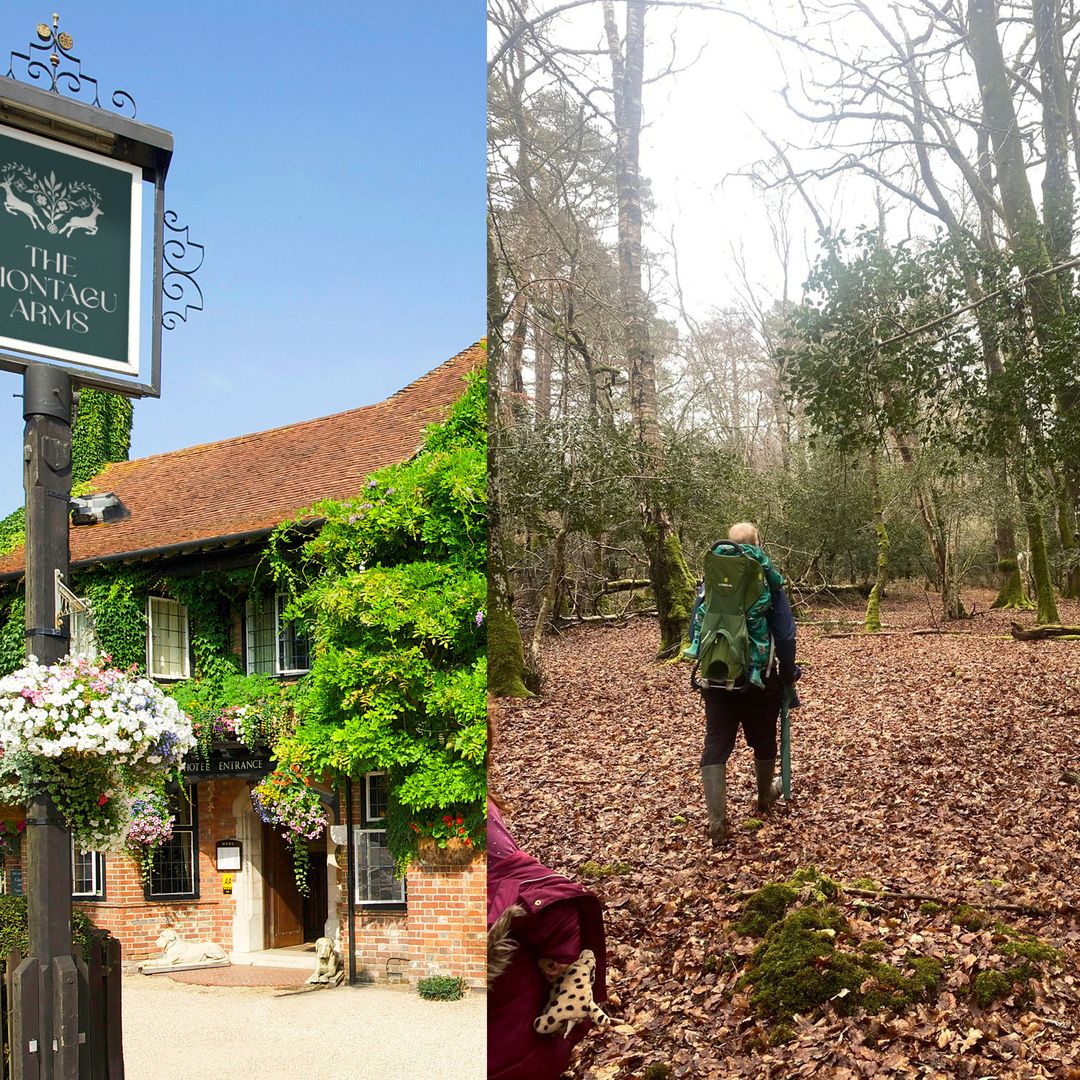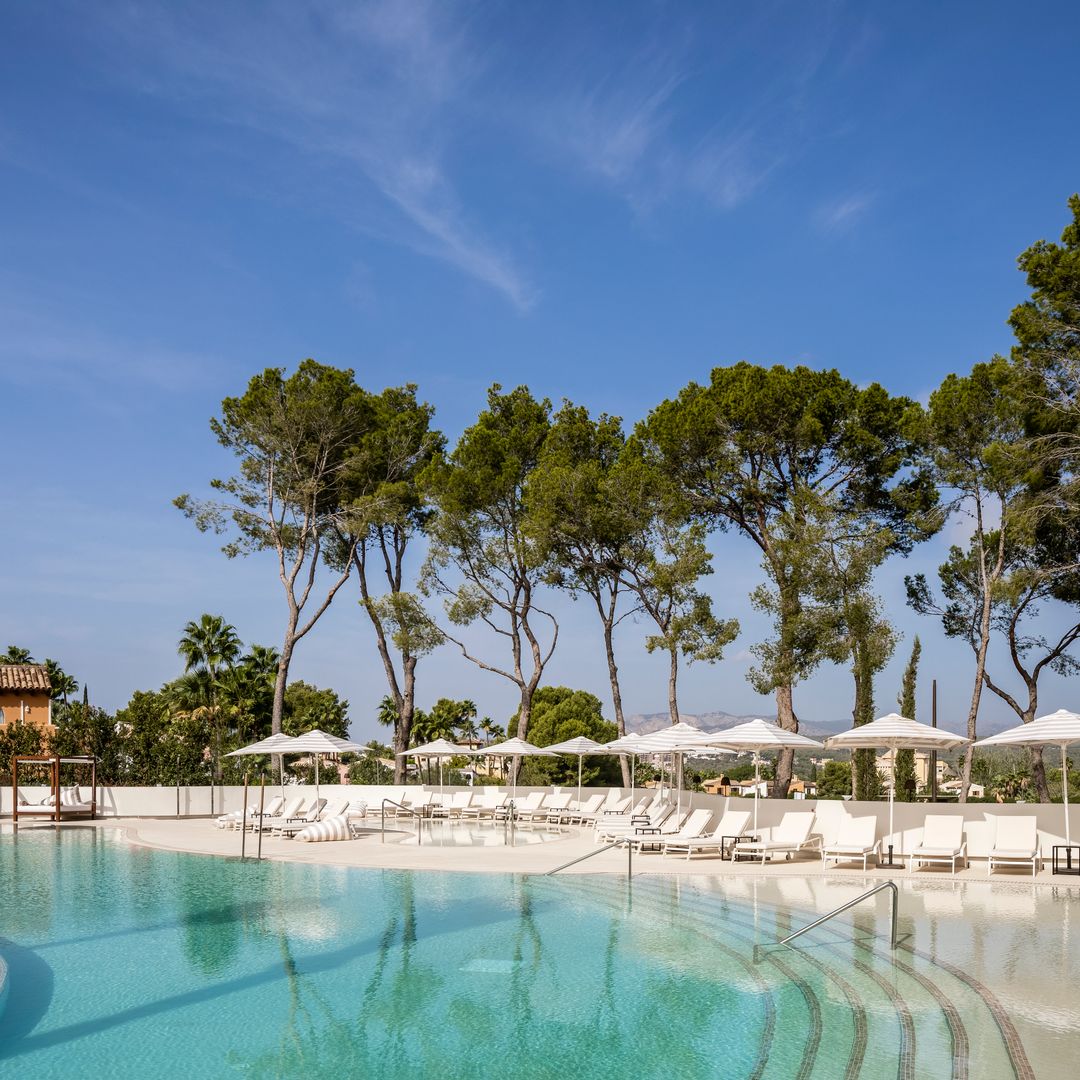Near the mouth of the Tagus, the coastal road known as the Estrada Marginal tacks back and forth across the train tracks, zigzagging between pine forest and flower-filled fields from Lisbon to Estoril and Cascais. As you follow the road, you get a fine view of luxury villas and mansions built on the shores of the Atlantic, of fishermen trying their luck among the rocks, and of old defensive walls and forts built to protect Lisbon from attack from the sea. There's Sao Bruno, the Forte da Giribita, das Maias and, the most impressive of all, Sao Juliao, looking out over the rocks of the beach at Carcavelos and across to where the lone tower of the fortified lighthouse the Torre do Bugio rises proud on its small circular island midway across the estuary.
This charming stretch of coast – the 'Portuguese Riviera' – is the setting for Estoril, famed as a haven for aristocrats and royalty, and childhood home of the now Spanish King, Don Juan Carlos, who lived here with his parents, known during their exile as the Condes de Barcelona. The aristocratic heritage of the town lives on in its fine central park, the well-kept greens of the golf courses, the race meetings and regattas held here, and the genteel summer homes of the wealthy Lisbonites. Here, on the elegant beach of Tamariz, dispossessed monarchs and their families sunbathed and perhaps hatched plans for their return. Behind the beach rises the largest casino in Europe, the Casino Estoril, said to have been a hothouse for espionage during the war, and inspiration for Ian Fleming's Casino Royale.
Fine private residences proliferate in Estoril, but there are plenty of hotels for visitors in Cascais, just three kilometres on along the coast and connected by the scenic promenade. This former fishing village leapt to popularity in 1870, when the Portuguese royal family chose it as a summer retreat, and it, too, boasts its share of summer mansions. Gradually it has become an outlying residential area of the capital and now the marina alongside the old citadel and the smart pedestrianised zone, bustling with designer shops and restaurants with terraces, make the town a buzzing destination all year round.
Other than viewing the decorative tiles of the Church of Our Lady of the Assumption, the main thing to do in Cascais is to breathe in the atmosphere and relax. If you want to get a better idea of what it was like in its heyday a century ago, you can visit the Municipal Museum located in the nineteenth-century palace of the Counts of Castro Guimaraes, alongside the pretty Santa Marta lighthouse. The road will take you round the curve of the coast to the Boca do Inferno – Hell's Mouth – a name that makes sense when you hear the Atlantic roar as it breaks against the cliff.
Back towards the town centre, is the fort of Cascais, known as la Cidadela; it dates from the sixteenth century and is part of a whole line of fortifications along the Tagus estuary built to protect the Portuguese capital from attack by Spanish French and English pirates. The fort offers a spectacular view of the sea, and houses a small outdoor artillery museum. Alongside the fort is the Yacht Club where Don Juan Carlos learned to sail as a youth and in Calle de las Flores you'll find the restaurant O Pescador, frequented by the Spanish royal family in exile. As you drive on along the coast road N-247 towards to the dunes of the vast beach of Praia do Guincho, the landscape becomes wilder and is interspersed by small seafood restaurants set among the rocks. These offer the dual pleasure of sampling mouth-watering dishes made fresh from local ingredients against a backdrop of stunning views.
THE PRACTICALITIES
Where to stay In Cascais, the Albatroz Hotels offer a choice between a gorgeous mansion located on a cliff and a luxury guesthouse next to Fisherman's Beach. Perched overlooking the ocean, the Farol Design Hotel includes a daring contemporary addition to a mansion dating from 1890. The five-star Hotel Palacio Estoril, retains many of the original details of the original 1930 building, as well as the air of exclusivity appropriate to what was the second home of the Spanish, Italian, French, Bulgarian and Romanian royal families.
Further information:Portuguese Tourism

